This is an introduction to the contents that you can experience in Towada City, Aomori Prefecture, in Japan.
Sakura-Yabusame
When the cherry blossoms are at their best in spring, Towada hosts Sakura-Yabusame at Greenpark, facing the Koma-kaido (Towada-city government street).
Showcasing a magnificent traditional martial art, this event only permits female riders and the horses are a Japanese breed. Riders run a path under the shade of cherry blossoms in full bloom.
In Autumn, an
World Yabusame championship is held, in which both men and women compete to test their skills.
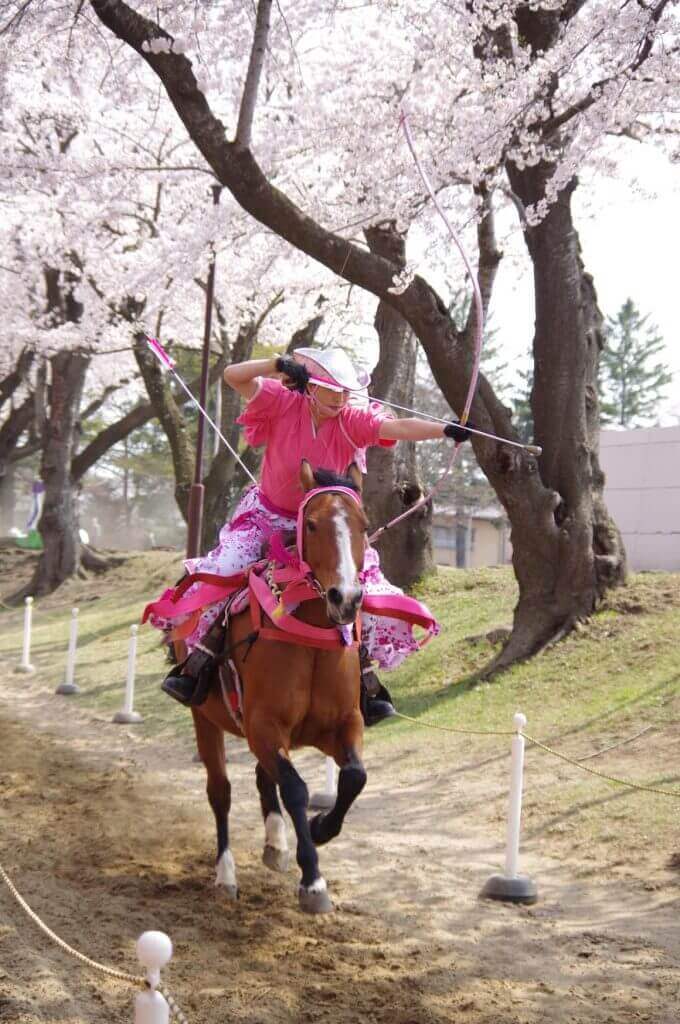
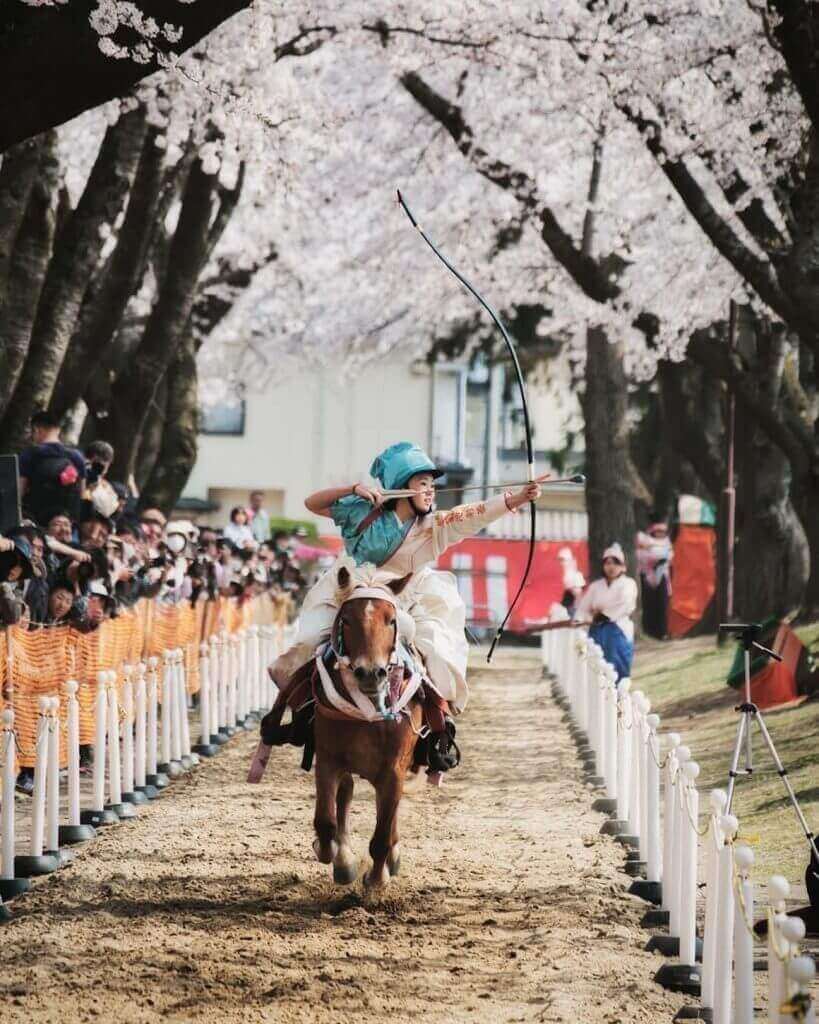
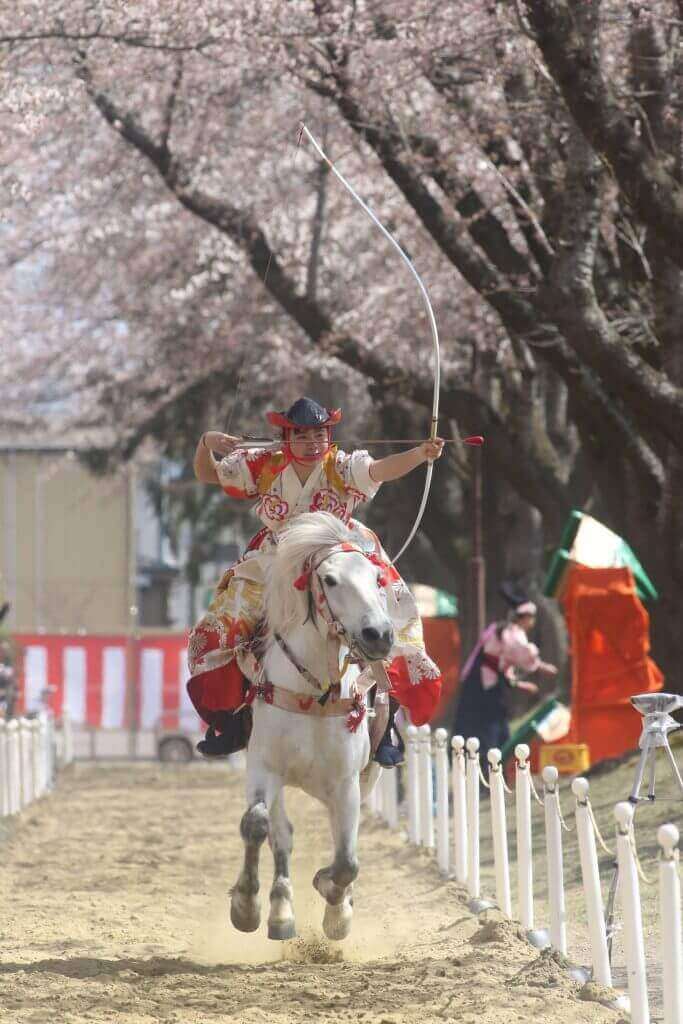
UMAGIN (Head dress called UMAGIN)
Those that wear UMAJIN are adopted as locals. UMAJIN is a community relation tool in Towada city. Everyone smiles when you wear one. UMAJIN connects people with people no matter where you are from. It connects people with the city; it connects the city with the world; it enriches everything around you, making everyone happy.
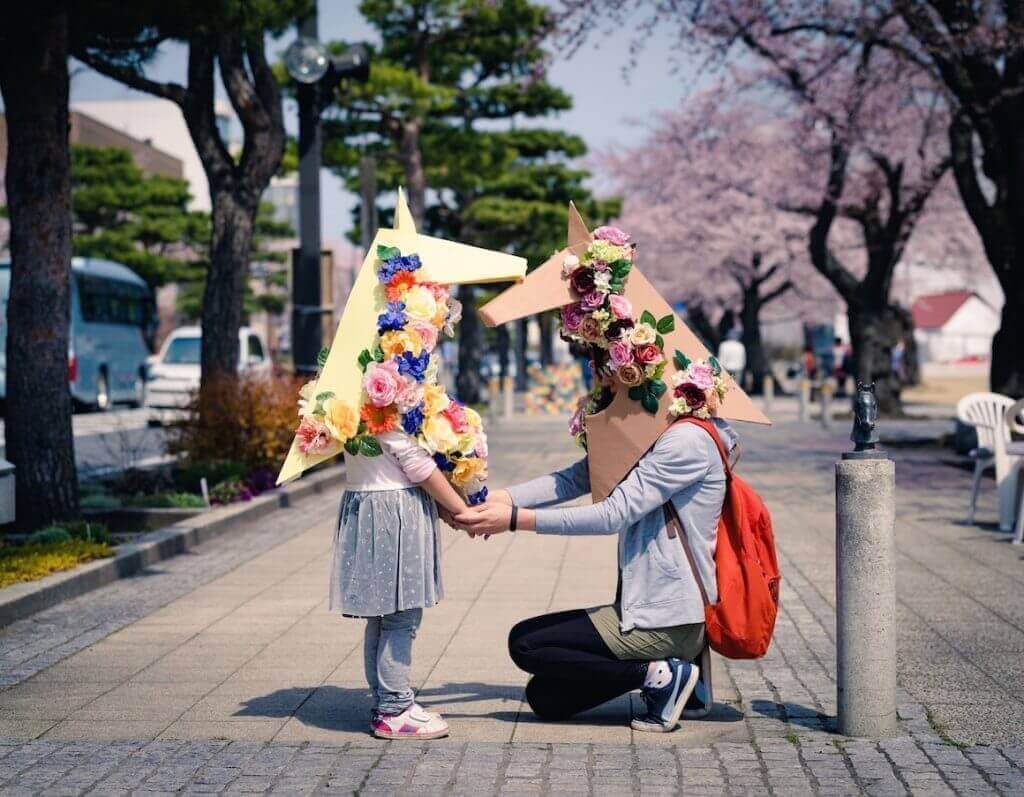
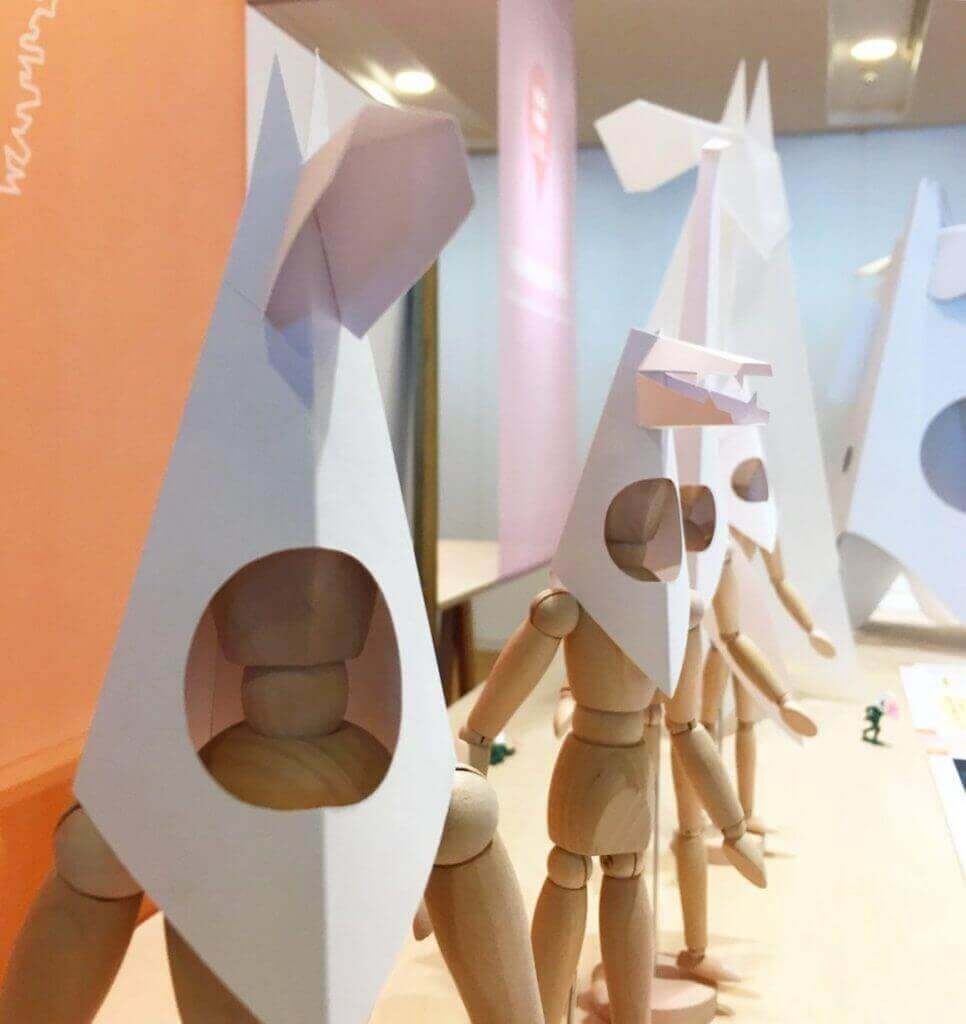
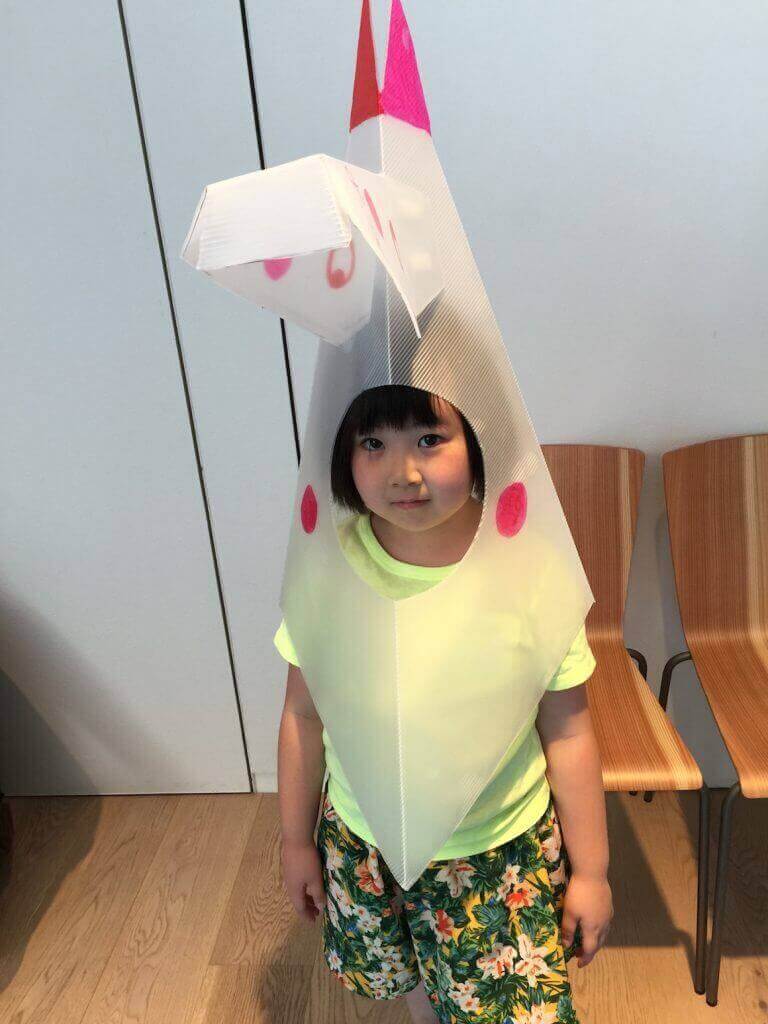
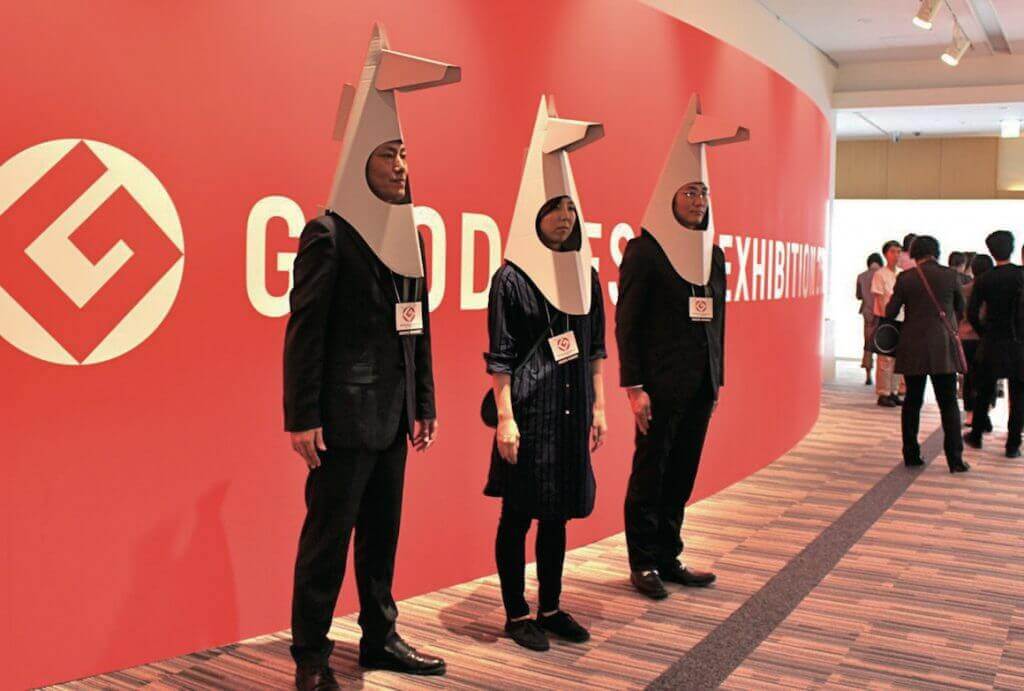
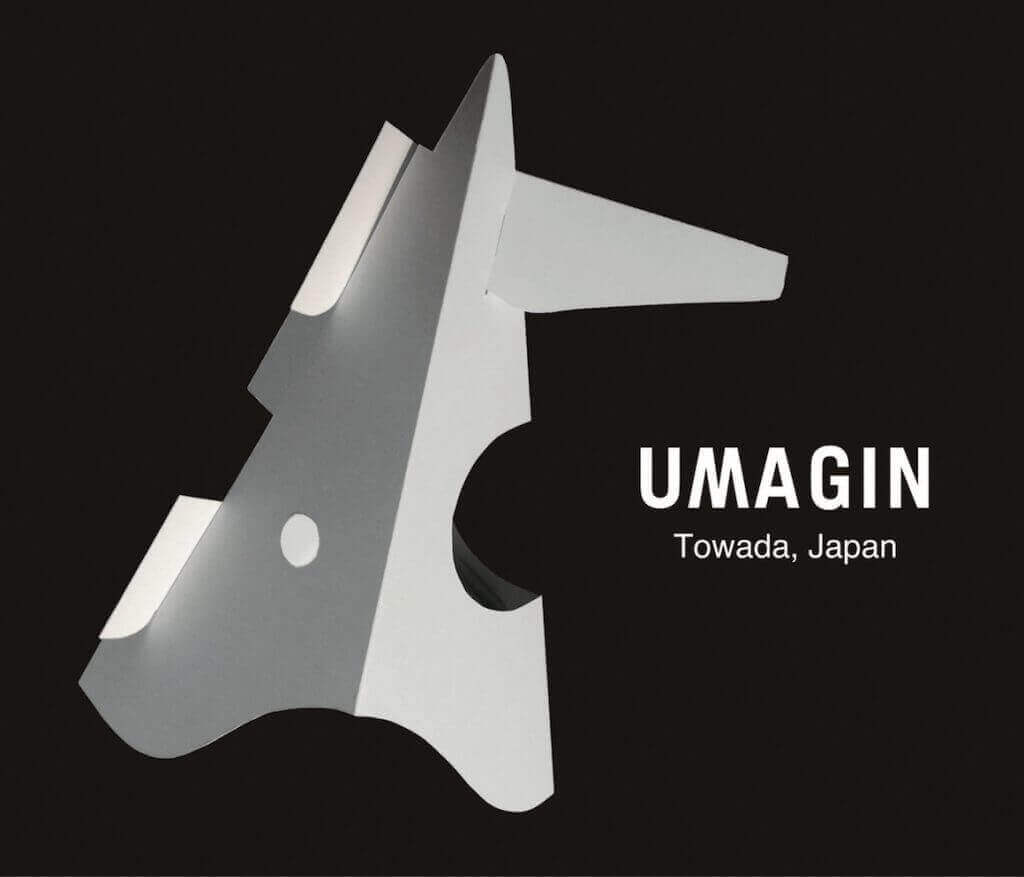
Moss ball
Oirase Gorge was selected as a “precious moss forest”. The moss here is familiar to many tourists as a tourist attraction. Dotting the mountain stream are moss covered boulders, known as “moss balls”. You can enjoy them like their own little versions of Oirase Gorge.
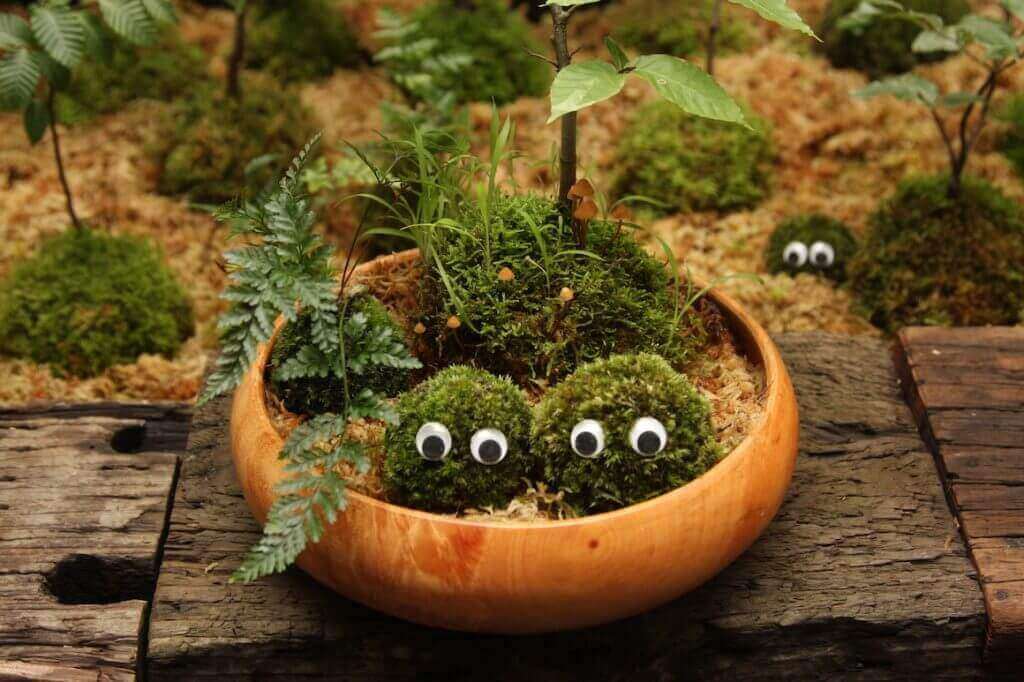
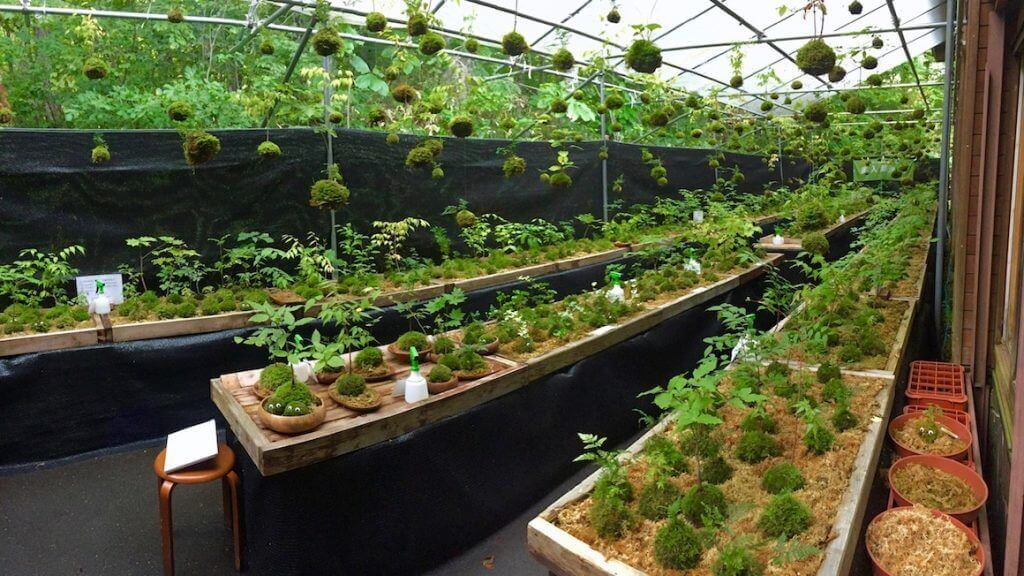
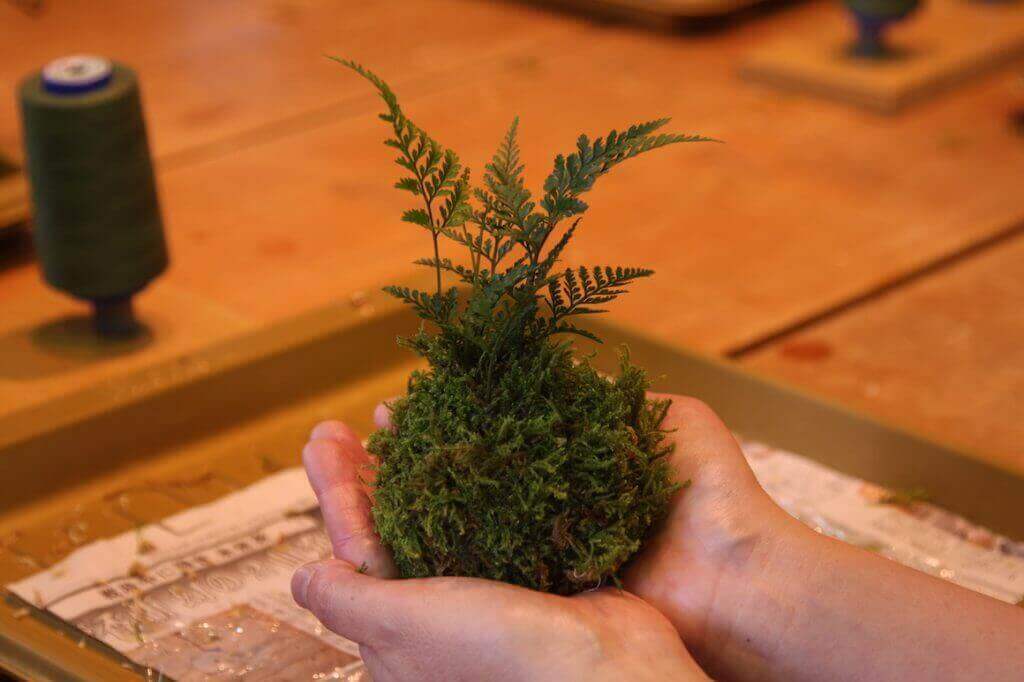
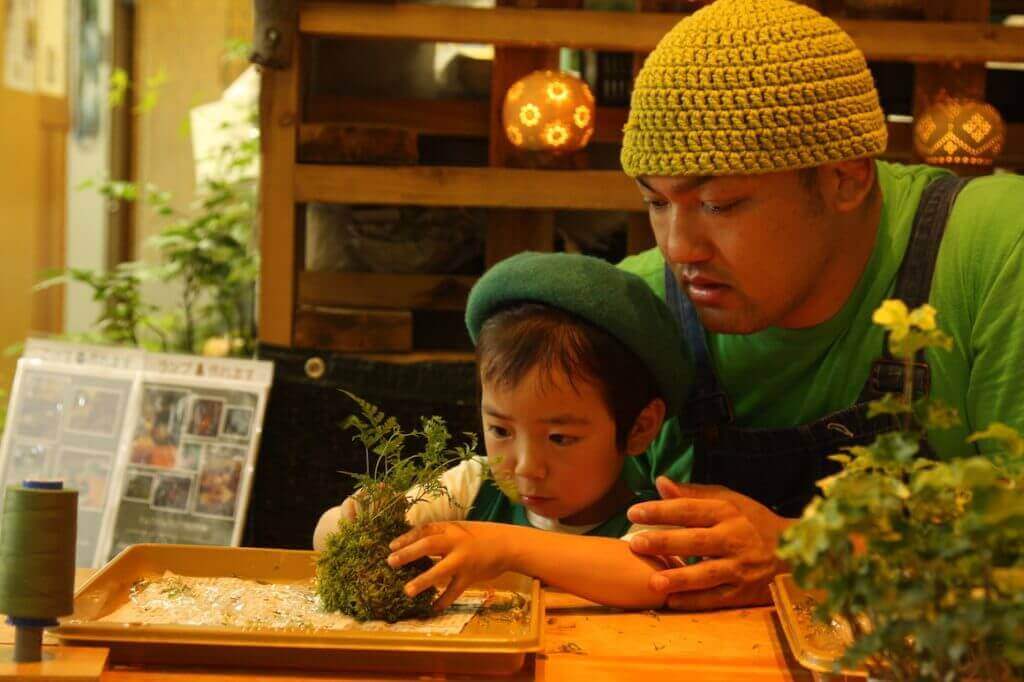
Nanbu-Sakiori
Nanbu is an area of both Aomori and Iwate prefectures.
Sakiori means ‘cloth woven partly from strips of old cloth’.
Sakiori fabric uses old, torn cloth as weft to remake new textiles products such as the kimono and obi.
The skill to recycle old cloth in this way is a remarkable idea born out of the wisdom of those who lived in northern Japan.
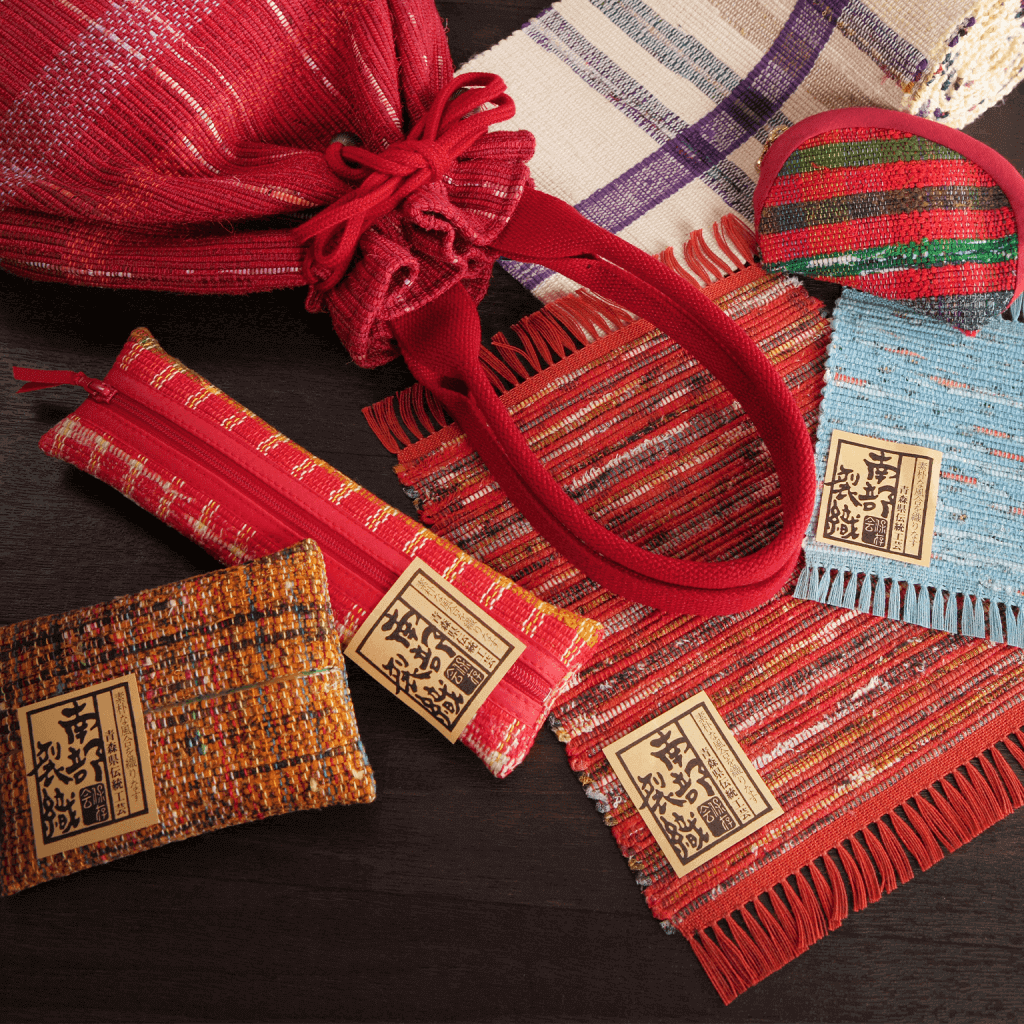
Kimigara (‘corn skin’) slippers
Kimigara (‘corn skin’) slippers are made from the skin of dent corn, and are characterised as being cool in summer and warm in winter. As a place famous for breeding horses, Towada cultivated dent corn on a large scale.
Kimigara slippers were first made here by farming women. These women came up with the idea to make slippers using the thrown-away corn skins, and so have a means of income during the winter.



